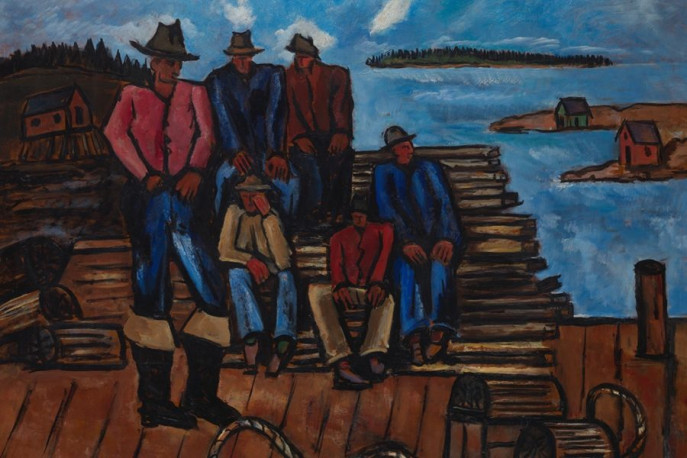
by: Ellen C. Caldwell
for JSTOR Daily
New York’s Met Breuer museum is featuring “Marsden Hartley’s Maine,” highlighting the oeuvre of American painter Marsden Hartley. Though Hartley is considered a celebrated American painter now, Hudson D. Walker wrote in 1947 about the varied attitudes towards his work. Walker notes that “Marsden Hartley, nearly four years after his death, is a controversial figure in the development of American painting. Estimates vary between the contention that he did not know how to paint, and the assertion that he approached Winslow Homer in originality and power.” Walker traces Marsden Hartley’s artistic progression from landscapes, to still lives, to politically charged abstracts, and all the way back to landscapes again.
Marsden Hartley had his first solo show in 1909 at age 31, exhibiting his now-iconic Maine landscapes. Hartley’s paintings of Maine are bold in color and subject at times, muted and monochrome at others. Walker describes this oscillation between styles and colors as being an integral part of Hartley’s constant experimentation and innovation. “This practice undoubtedly contributed to the impression that Hartley was inconsistent, for which he was criticized throughout his life.”
Capturing nature was one of Hartley’s favorite challenges, “because his love of Nature compelled him to find the best mode of treating it.” Walker notes how the painter’s travels impacted the changing subjects and styles of his work…
